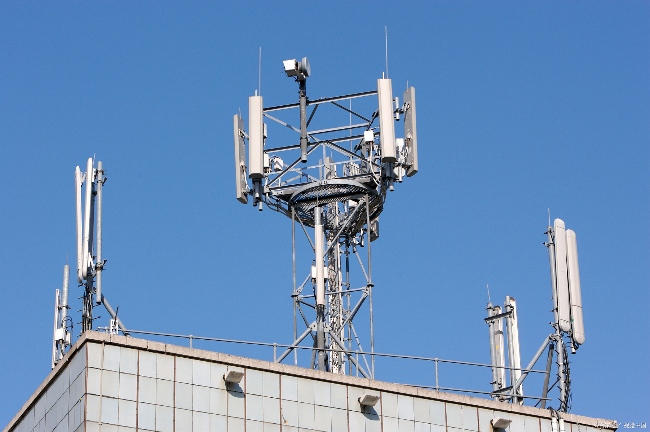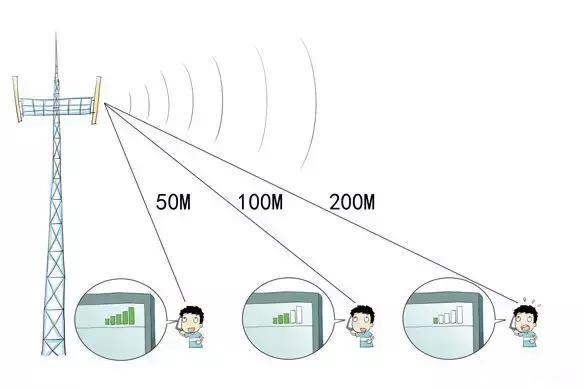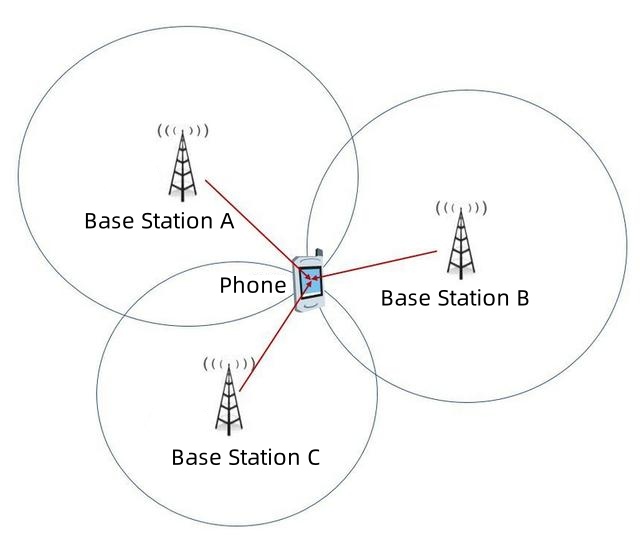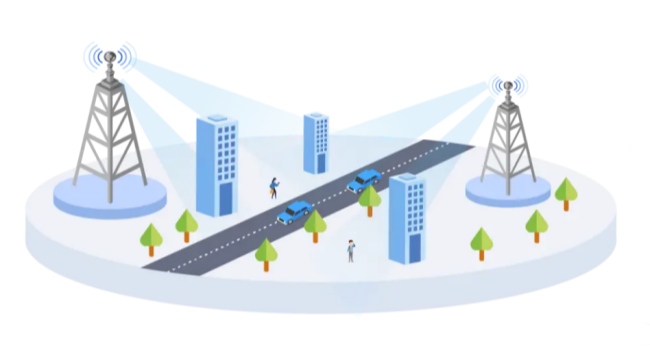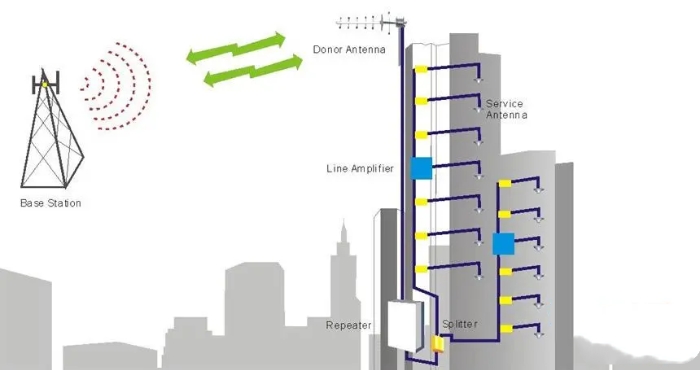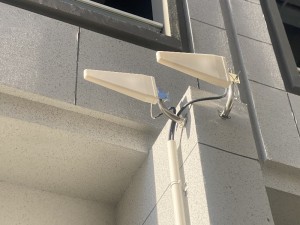Subtitle: The Base Station Determines Which Cellular Band Your Phone Connects To
Some users find that after installing a mobile signal booster, their phone’s cellular signal doesn’t improve. Even after checking that the mobile signal booster, antennas, and other components are all functioning properly, the signal issue remains. So what’s happening here?
The root cause often lies in a misunderstanding of how mobile phones connect to cellular signal bands. Many people assume that, just like Wi-Fi, a smartphone will automatically connect to the strongest cellular signal available. However, in reality, your phone’s cellular connection is directly controlled by the base station, not by the phone itself.
This concept may feel counterintuitive, but it’s how modern mobile networks work. Let’s dive into how your phone connects to a cellular network and why this can impact the effectiveness of your mobile signal booster.
1. How Phones Connect to Base Stations and Cellular Bands
The process of connecting a mobile phone to a base station is a centralized system managed by the carrier’s infrastructure. Through real-time monitoring, algorithm optimization, and dynamic resource allocation, base stations strive to maximize spectrum efficiency while balancing factors like coverage, capacity, and interference. What users perceive as “signal strength” is just the tip of a much more complex technical process.
1.1 Initial Connection:
When a phone is powered on or moves into a new area, it detects signals from multiple nearby base stations. It sends a measurement report to the network, and based on this report, the system decides which base station and which cellular band the phone should connect to.
In this relationship, the base station acts like a commander, directing the phone, its soldier, to connect to a specific cellular signal band.
1.2 Band Allocation Based on Data Demand:
After connecting to a base station, the phone will be assigned to a particular frequency band based on its real-time data needs.
For example, on a 4G network, common bands include GSM 900 MHz (low band), DCS 1800 MHz (mid band), and WCDMA 2100 MHz (higher band).
If the phone is doing light tasks like texting, it may be directed to the GSM 900 MHz band.
If the phone starts streaming videos or downloading large files, the base station may switch it to DCS 1800MHz or even WCDMA 2100MHz for higher capacity and faster speeds.
1.3 Absolute Control by the Base Station:
Base stations have absolute authority over which frequency band a phone connects to.
In special situations like natural disasters, carriers can prioritize emergency services.
For example, during an earthquake, if only two out of ten base stations remain operational, the network may prioritize first responder devices while limiting service for the general public. Even if your phone detects the base station, it may be unable to make calls or access data because priority has been reassigned to critical communication devices.
This example clearly illustrates the commanding role of the base station in managing cellular signal connections.
2. Why a Mobile Signal Booster Might Not Improve Your Signal
Now, applying the logic we just discussed, why doesn’t installing a mobile signal booster always lead to a better signal?
The issue often comes down to where the outdoor antenna is installed. Typically, users place the booster’s outdoor antenna on the rooftop to capture the best possible signal. However, rooftop antennas often pick up signals from distant base stations. Meanwhile, at ground level or lower floors, your phone may still detect and connect to a closer base station.
In this case, even though your mobile signal booster is relaying a strong and clear signal from a distant base station, your phone may stubbornly stick to the closer but poorer signal. As a result, the mobile signal booster’s benefits are not realized.
The Solution:
Instead of placing the outdoor antenna on the rooftop, move it to a middle floor where it can better align with the nearest and strongest base station. This way, the base station’s management will favor the improved signal, allowing your mobile signal booster to truly enhance your cellular experience.
For residential users, this issue is less common. However, for commercial high-rise buildings, this challenge occurs frequently.
High Power Gain Enterprise Mobile Signal Booster
At Lintratek, when designing mobile signal boosters solutions for commercial customers, we carry out meticulous planning and signal testing to ensure optimal coverage and performance.
This situation is just one of the many real-world challenges the Lintratek team has encountered and successfully solved. Our ability to diagnose and address such issues is one of our most valuable assets, beyond just manufacturing excellent products, and is a key reason why Lintratek continues to lead in the mobile communication industry.
Post time: Apr-17-2025








